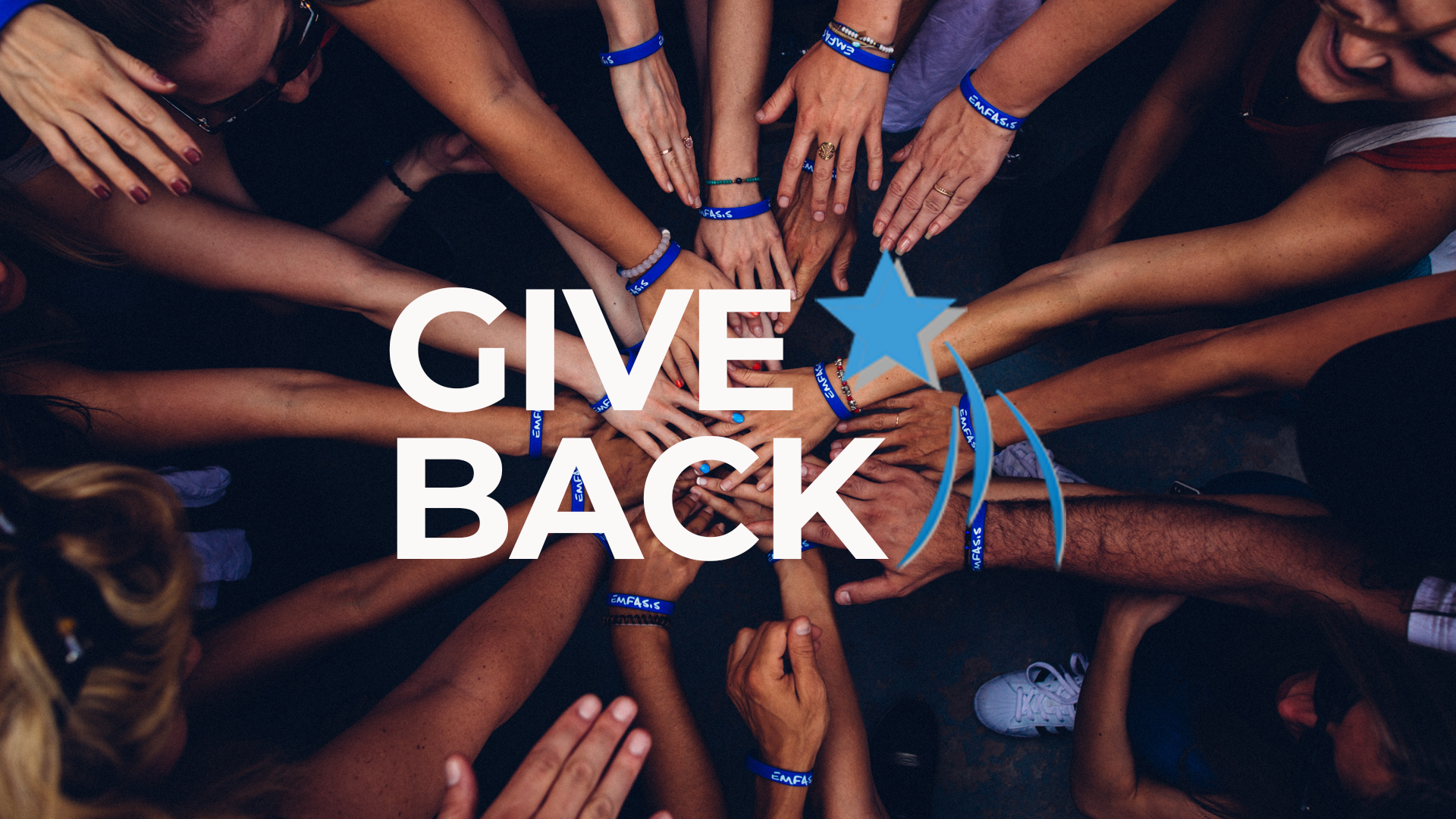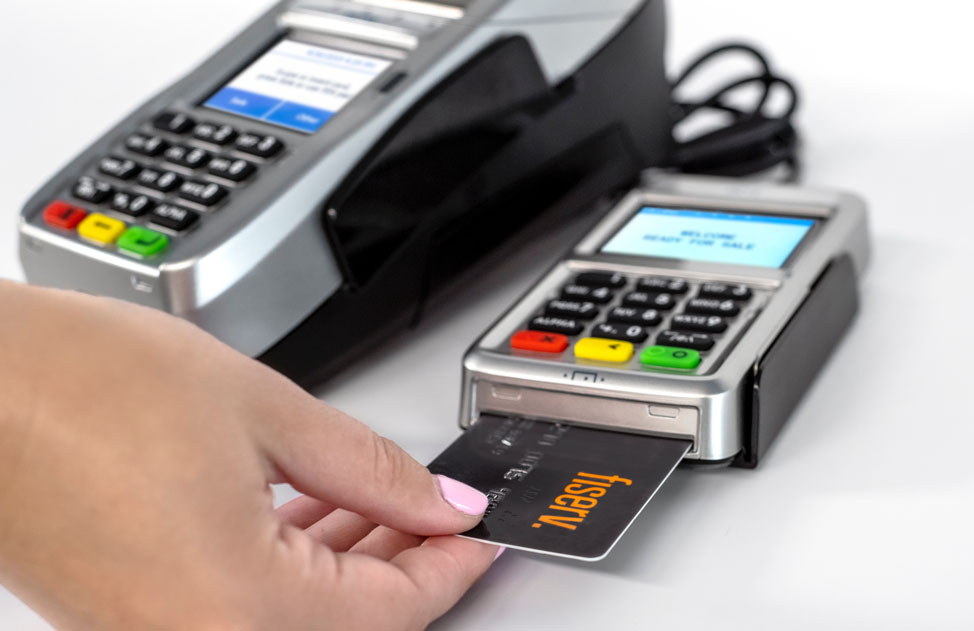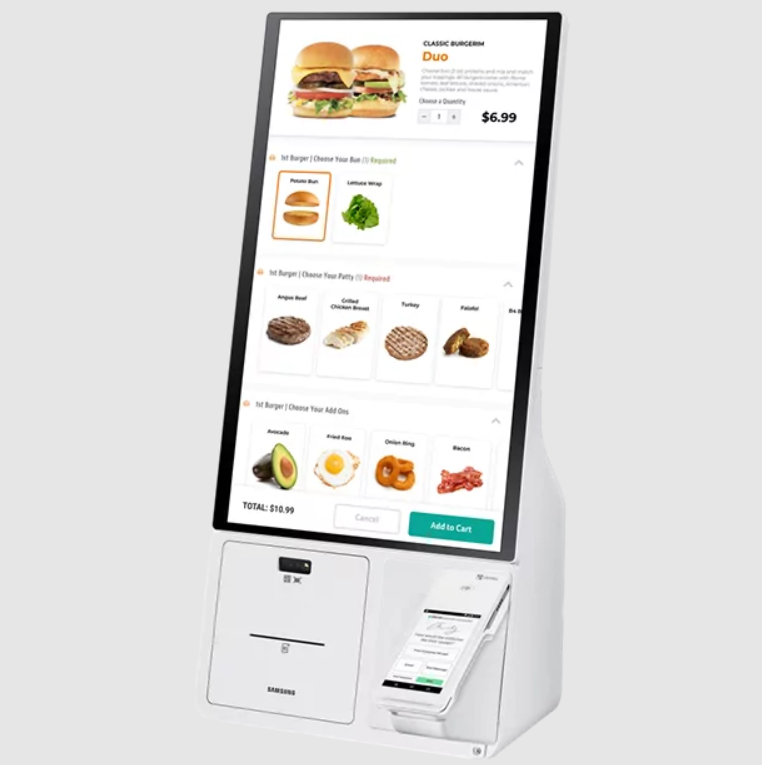Thanks to the COVID-19 coronavirus, customers are looking to minimize their points of contact. That means more delivery and curbside pickup, and less in-person shopping and dining. It also means that they’d like to pay by physically touching as little as possible. When they’re ordering over the phone, that means online payment from your website. In person, it argues for contactless payment systems.
Contactless payment systems can be app-based or card-based. With an app-based system, such as Apple Pay or Google Pay, the customer launches the payment app on their mobile phone and holds the phone near the card terminal. With card-based systems, the technology resides in the credit or debit card itself; all they have to do is hold their wallet near the terminal.
Both types of contactless payment work in a similar fashion, using near field communication (NFC) technology, typically in the form of an RFID chip built into the phone or card. NFC transactions take place over a specific radio frequency that operates over a very short distance, typically 3 or 4 inches. No physical contact with the terminal is required, and the customer doesn’t have to sign or enter a PIN. It’s as secure as other chip-based transactions.
In this post-coronavirus age, customers like contactless payment because they don’t have to touch any foreign surfaces that may be contaminated with the virus. No one else touches the customer’s card or phone, either. It’s a physically distant and clean transaction.
What do you, as a business, have to do to enable contactless payment? Maybe nothing. If you have a newer payment terminal, one manufactured with the past 3 years or so, contactless payment is built in and enabled. If you have an older terminal, contact your Higher Standards advisor or our office to upgrade to a newer model that includes contactless payment. Your customers will thank you for it.









